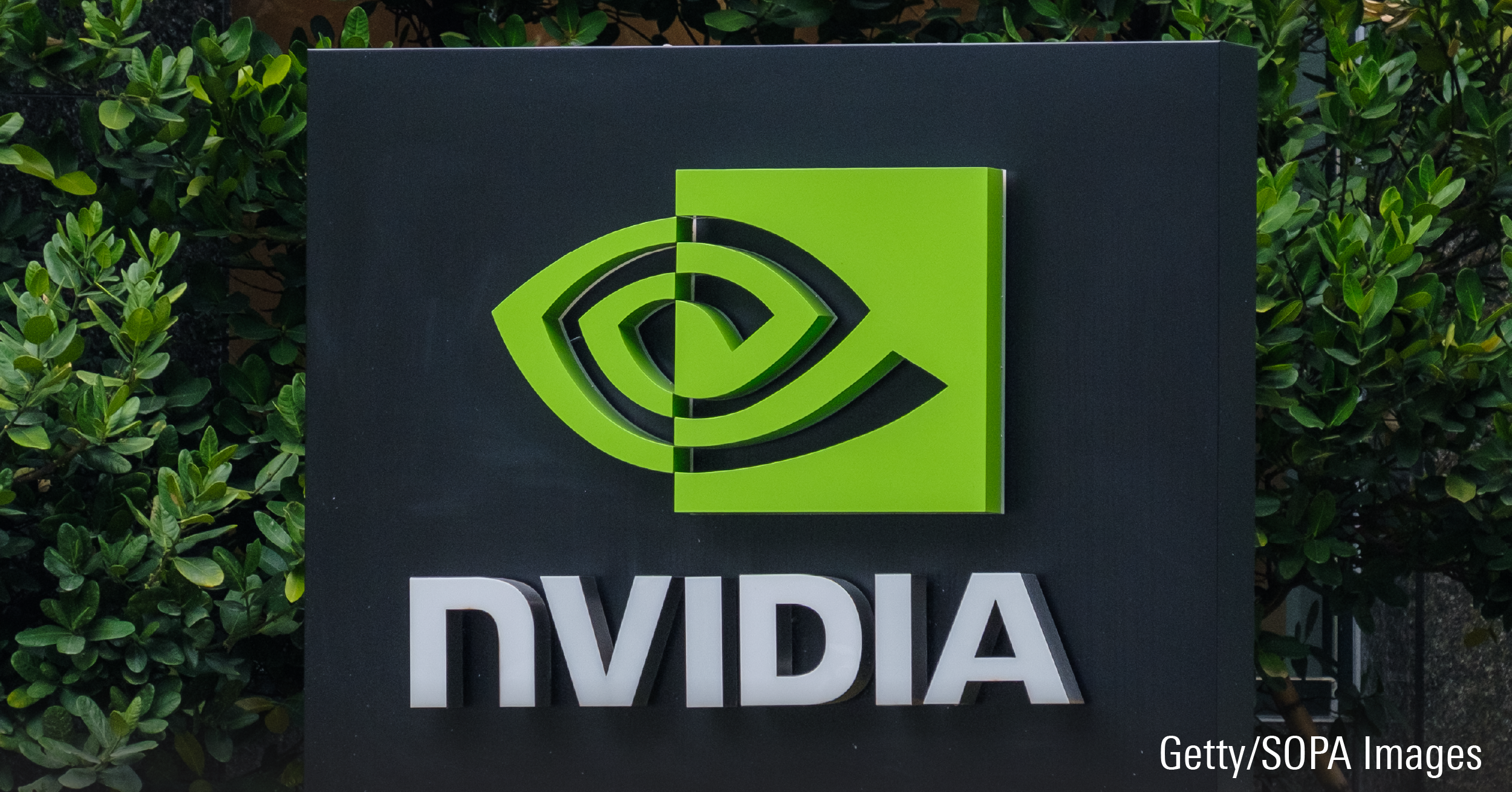Ashley Redmond: I am here with Kirk Paulus, Equity Data Analyst. Kirk recently wrote an article called Uranium stocks show signs of recovery after Fukushima fallout. It can be found on Morningstar.ca and CPMS.com. It's now been one year since the earthquake and tsunami hit Japan and subsequently the nation has faced a tsunami-driven nuclear disaster, and uranium mining stocks have still not recovered. So, Kirk, tell me why haven't they recovered yet?
Kirk Paulus: Well, as you said over a year has passed since the events in Japan and the fallout with the Fukushima reactor, and these events are still by far the most serious issue for the industry. The biggest concern was the possible pullback the world governments may have from nuclear power as concerns over meltdowns and certain problems with reactors were starting to dominate the political scene. These fears were somewhat justified with Japan currently decommissioning all of their reactors and Germany on track to decommission theirs by 2022. If you add to this, the current lows in natural gas prices, you can start to understand why the industry has taken such a hit.
Redmond: Which Canadian companies were the hardest hit?
Paulus: Well, the effects were felt pretty broad based across the entire industry. But, if we take a look at the Global X Uranium ETF, you can start to get a feel for the drop that they've experienced. Approximately 50% of the holdings are in the three largest Canadian players: Cameco, Paladin Energy and Uranium One, with uranium spot prices dropping from pre-crisis highs near $140 to a current trading range of $50 to $55. These firms were obviously going to feel the effects on the bottom line.
Redmond: Kirk, when we are talking earlier, you told me there were some signs of a recovery with some mergers and acquisitions activity?
Paulus: Well, often mergers and acquisitions can be a very positive sign for industry that is coming out of a downturn, as it can show that the major players are starting to see value where others may not. For example, there is the 2011 battle between Rio Tinto and Cameco over a firm called Hathor Exploration. Rio Tinto eventually won it, but it's a very positive sign to see this kind of activity. Additionally, Denison Mines recently sold their U.S. assets, which is another positive sign for the future, where there is some acquisition activity.
Redmond: Kirk, what do you think will cause industry to turn around?
Kirk Paulus: Well, the most important driver will be the price path that uranium takes over the coming months and years. If spot prices begin to recover, we're going to obviously see some positive *effects on Canadian players in the uranium industry. The question is, where is the demand for uranium going to be coming from in the future? It is possible that some of the developed nations may pull back from their current fear of nuclear power as Fukushima begins to fade from memory and fears of another reactor meltdown start to also decrease. But from my personal perspective, I believe that future demand will mostly be driven by developing nations, such as China and India, who are just voracious in the demand for commodities and new plans to start help fuel their economy.
Redmond: And I am sure for the DIY investors watching, they are going to want us to take a look at a couple of stocks. So, why don't we take a look at them and we will start with Cameco.
Paulus: Well, Cameco was the largest of the Canadian players in the uranium industry, and currently they are looking to bring one of the new major global projects online at Cigar Lake in Athabasca. From an operational standpoint, Cameco has been a very steady performer in the industry and is one of the low risk companies in the uranium universe. I am particularly fond of their overseas exposure as well, as most of the new growth in the uranium industry, as I said previously, will likely be driven by developing nations.
In the short-term, the biggest catalyst for the stock price will be how well they deliver at the Cigar Lake project. Currently Cameco is trading at the $21 range, with a price-to-earnings ratio of 17 times.
Redmond: And why don't we take look at Uranium One?
Paulus: Well, Uranium One has a different profile from Cameco. In that they are slightly more highly leveraged, and also their production is centered in Kazakhstan. Now management has been successful in keeping their extraction cost low and have positioned themselves as one of the lowest cost producers in the world. However, as occurs with many firms with foreign assets, investors may perceive political risk, which can result in a discount to the trading price. Whether or not this is justified, Uranium One's extraction cost remains both low and stable. This is very positive thing especially if they can take this structure to new projects. They are currently working in the United States and Australia. Stock is currently trading near the 250 range with the price-to-earnings ratio near 32 times. While they also carry a little bit more risk than Cameco, their higher leverage, industry-leading extraction cost would really benefit the firm, if uranium prices do start to rise.
Redmond: The last stock I think we should touch on is Paladin Energy.
Kirk Paulus: Paladin Energy is another one of the major players in the industry, but again with a different profile. They are more of a growth-oriented firm. They do have two operating mines in Africa and they are working on some new ones in Australia. Additionally, there is a bit more of a concern about their comparatively higher debt level that they are carrying, especially since there is an upcoming refinancing of around $325 million in convertible debentures. Nevertheless, if the firm can continues to successfully ramp up their production, while keeping control over their cost, they should benefit in the long-term. Currently Paladin is trading at $1.30 and they're just off their 52-week low of $1.07.
Redmond: That's s a lot of great information, and I only have one more question for you. For DIY investors watching that are hot on uranium or they just think it's a great time to buy; what stock would you recommend?
Paulus: Well, you always need to take a look at situation of the investor and risk profile and tolerance that they have, but my personal favorite is Cameco Corp. They are the largest player in the industry and throughout the crisis, they have weathered fairly well. Operationally, they are very structurally sound and also they're bringing on one of the newest and largest projects in the world with Cigar Lake. They should benefit if spot prices start to recover. Last point with Cameco that I'd like to mention is their overseas exposure should be very positive, if developing countries do start to drive demand and uranium spot price is higher.
Redmond: Thanks so much, Kirk.
Paulus: Welcome.
Redmond: To check out Kirk's article go to Morningstar.ca or CPMS.com.




















